Having a clogged sink drain can be a major inconvenience. Luckily, it’s much easier to fix than one might think. Most clogs can be cleared out by just utilizing a few simple tools and techniques.
And after you unclog your sink drain, you can then employ techniques to make sure that the problem isn’t likely to happen again. So continue reading, and we’ll teach you how to clean a sink drain clog.
1. Check the Garbage Disposal
If your sink comes with a garbage disposal, then the first thing you should do is check it for clogs. Garbage disposals can easily get clogged up with scraps of food and, thus, clog your sink.
To figure out what the source of the clog is, turn off the disposal. The power should always be off before you go inspecting your disposal. Grab a flashlight and look down the drain and see if you can find the reason for the clog.
More likely than not, there are scraps of food stuck between the blades. If there’s something of value down there, like jewelry, then you should call a plumber to help you get it out. If it’s food, try breaking it up by manually operating the blades.
You can also use pliers to remove food. Never pour chemical cleaners down your disposal as these can deteriorate the blades and damage the system.
2. Use a Plunger
Just like unclogging a toilet, a plunger is also great for unclogging a sink. And if it doesn’t seem like the garbage disposal is the source of the problem, it’s time to start plunging.
There are three kinds of plungers out there: the toilet plunger (which has a bell-end at the bottom), the accordion plunger, and the flat-bottom sink plunger. For this kind of job, you want to use the flat-bottomed type of plunger.
Run some water in the sink until it’s few inches deep. The water will help aid the suction. Now, start plunging.
When you’re done, try rerunning the garbage disposal. Make sure that you don’t overheat it, though, as this can break the device.
Now, run some water from the faucet again. If it drains, then you’re all good. If it doesn’t drain, then you should try plunging again or move on to the next method.
3. Clean the P-trap
The P-trap can be found under the sink. It’s the elbow-shaped pipe. If this pipe gets clogged, then you may need to take it apart and clean it out.
When it comes to clogging P-traps, common culprits are bacon grease and coffee grounds.
Before you start the process, however, you must place a bucket under the pipe. This is to catch any water that’s currently backed up in your sink. You’ll have to unscrew the connections between the wall and the pipe.
Then, take off the P-trap and look for any debris. If the blockage isn’t in this pipe, then it’s time to try the plumbing snake.
4. Use a Plumbing Snake
A plumbing snake is a tool that looks like a spirally coiled snake. The coil is meant to go down the drain, and you then use the handle to dislodge and pull up the debris.
After you’ve gotten the snake down the drain, tighten the crank in a clockwise direction so that it will fit into the drainage pipe. Whenever you feel resistance, turn the snake.
Once you get the feeling that the snake has grabbed the clog, pull it out of the drain. You should keep a bucket nearby as the device might be covered in gunk.
Continue repeating this process until there’s no more blockage in your sink drain. When you’re done, pour warm water down the drain to flush away any leftover bits.
Then, pour half of a cup of vinegar and half of a cup of baking soda down the drain. Then cover the openings of the drain and let the mixture settle for a few minutes. Follow this with running more warm water to flush away the mixture.
5. Call a Plumber
If none of the methods above work, then it’s time to call a plumber for a drain cleaning services. A plumber has the experience, expertise, and the tools that are necessary to solve any clogged drain issues. A reliable plumber will charge you a fair price and educate you on what the problem was and how to avoid it in the future.
6. Reduce Your Chances of Clogging the Drain Again
There are several steps you can take so that you don’t end up with another clog on your hands anytime soon. First off, you should make sure that you don’t overload your garbage disposal. You should especially avoid overloading it with meat and starchy foods like pasta, potatoes, and rice.
Also, try not to run cold water in large amounts into your drain. And lastly, make sure that you don’t dump bacon grease or coffee grounds down the drain as these will solidify and clog it.
The Importance of Knowing How to Clean a Sink Drain Clog
Hopefully, after reading the above, you now know how to clean a sink drain clog. Having a clogged drain is always frustrating, but by knowing how to clean the drain and how to avoid it in the first place, you’re going to have a lot less frustrating times when it comes to your kitchen sink.
Are you currently experiencing plumbing issues? Contact us today and see how we can help you!
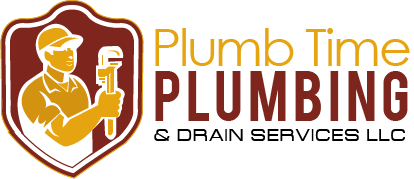




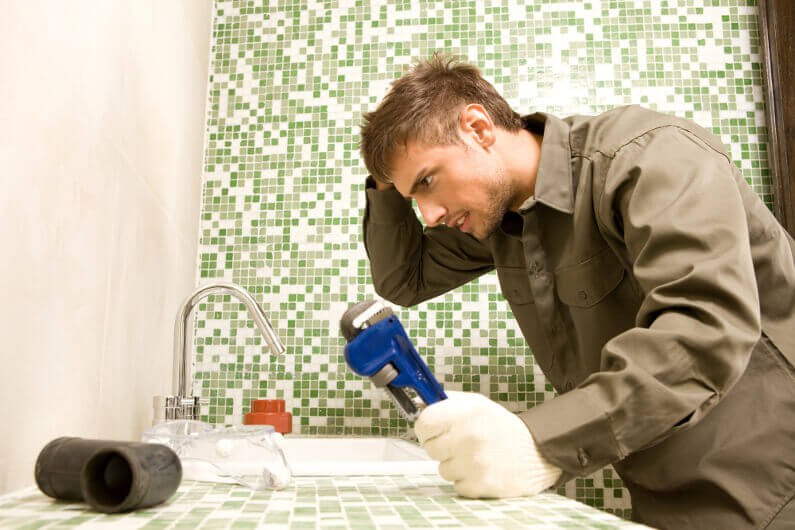


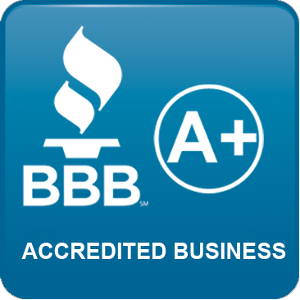
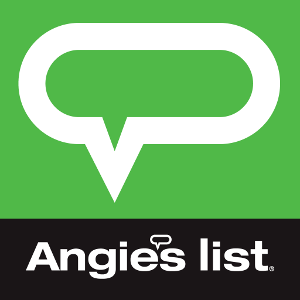
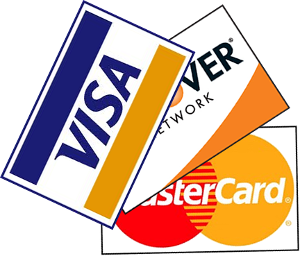
Information posted on unclogging my sink was desperately needed and sincerely appreciated. The larger plunger did the trick followed up by the baking soda/vinegar hot water treatment was an excellent finisher!